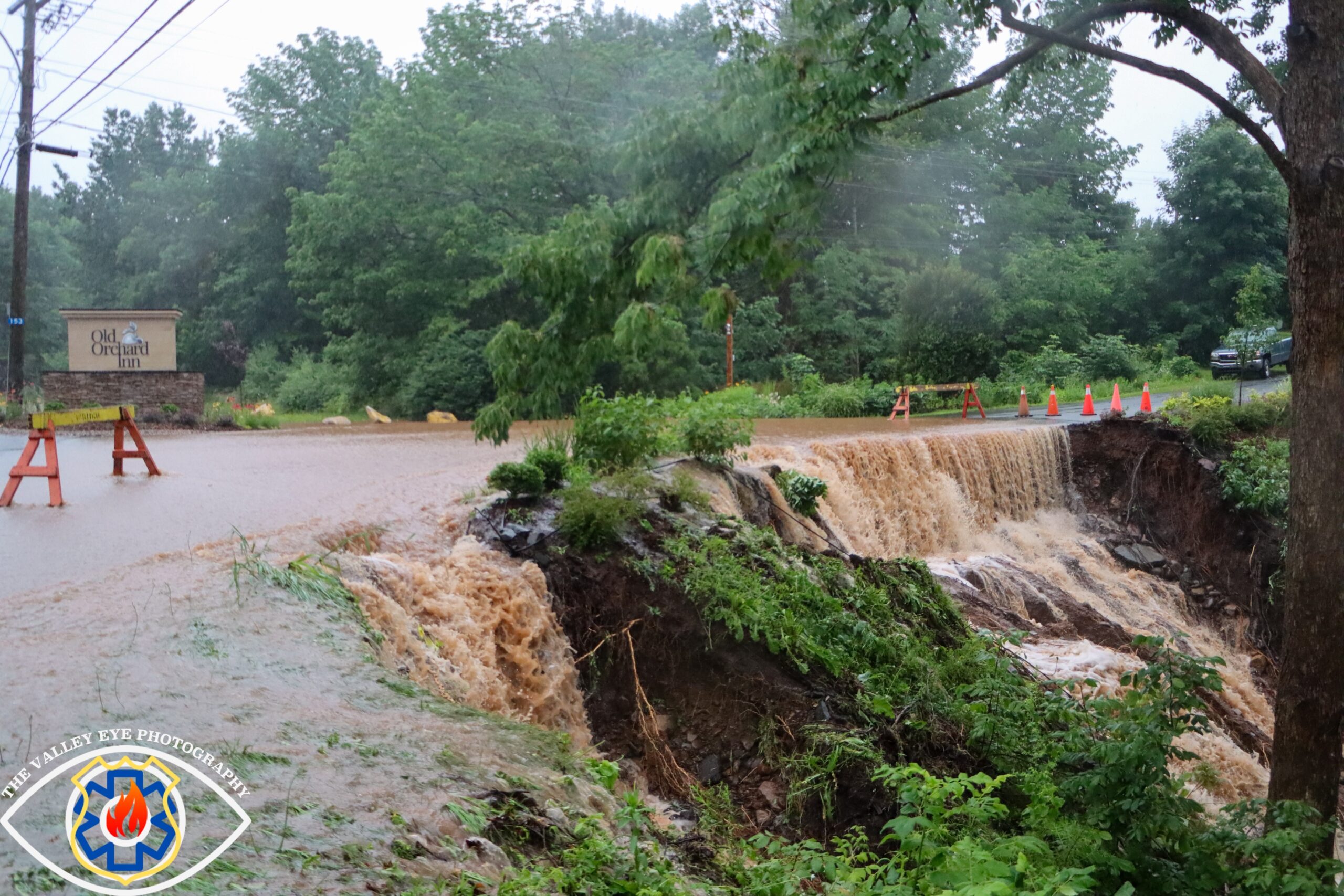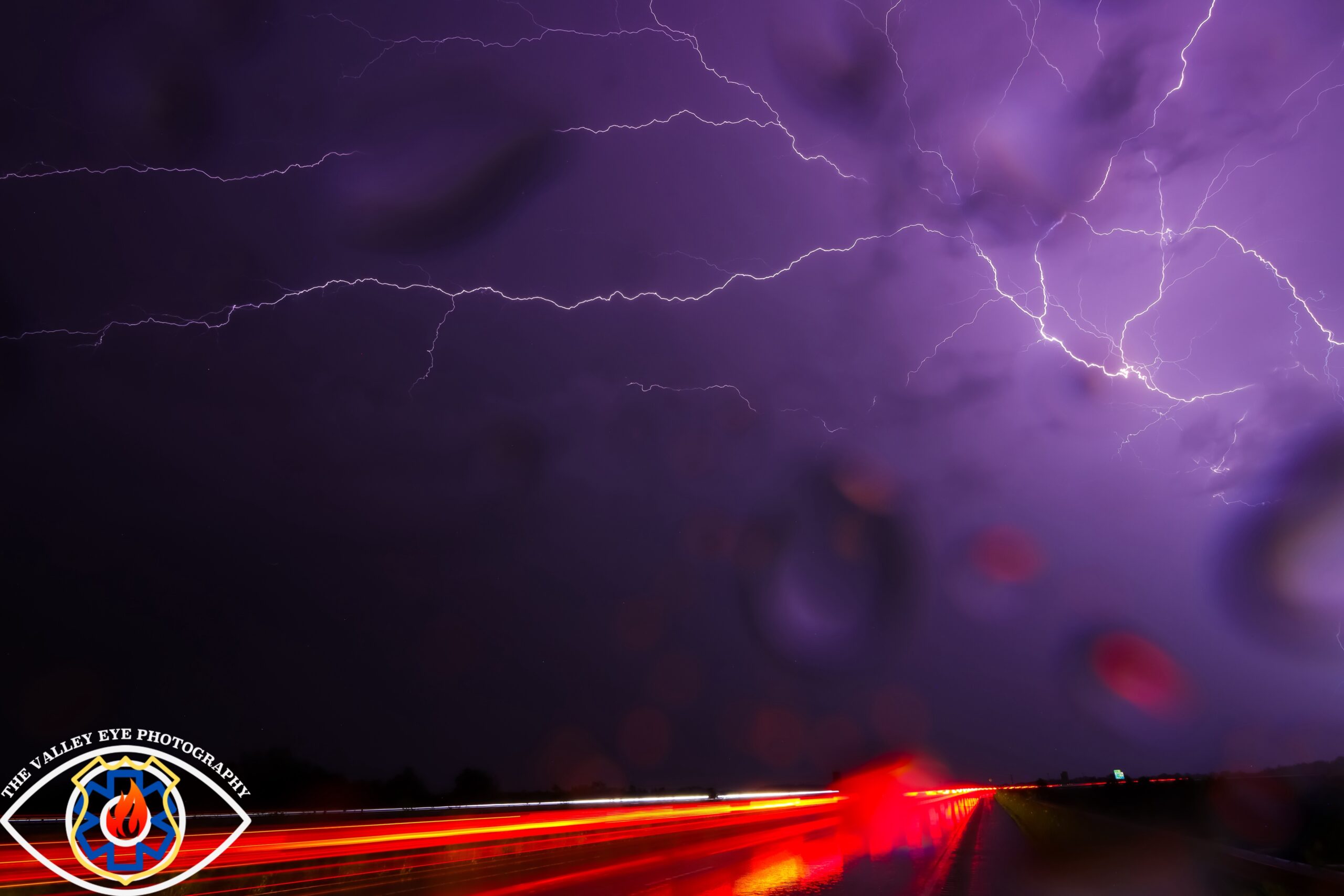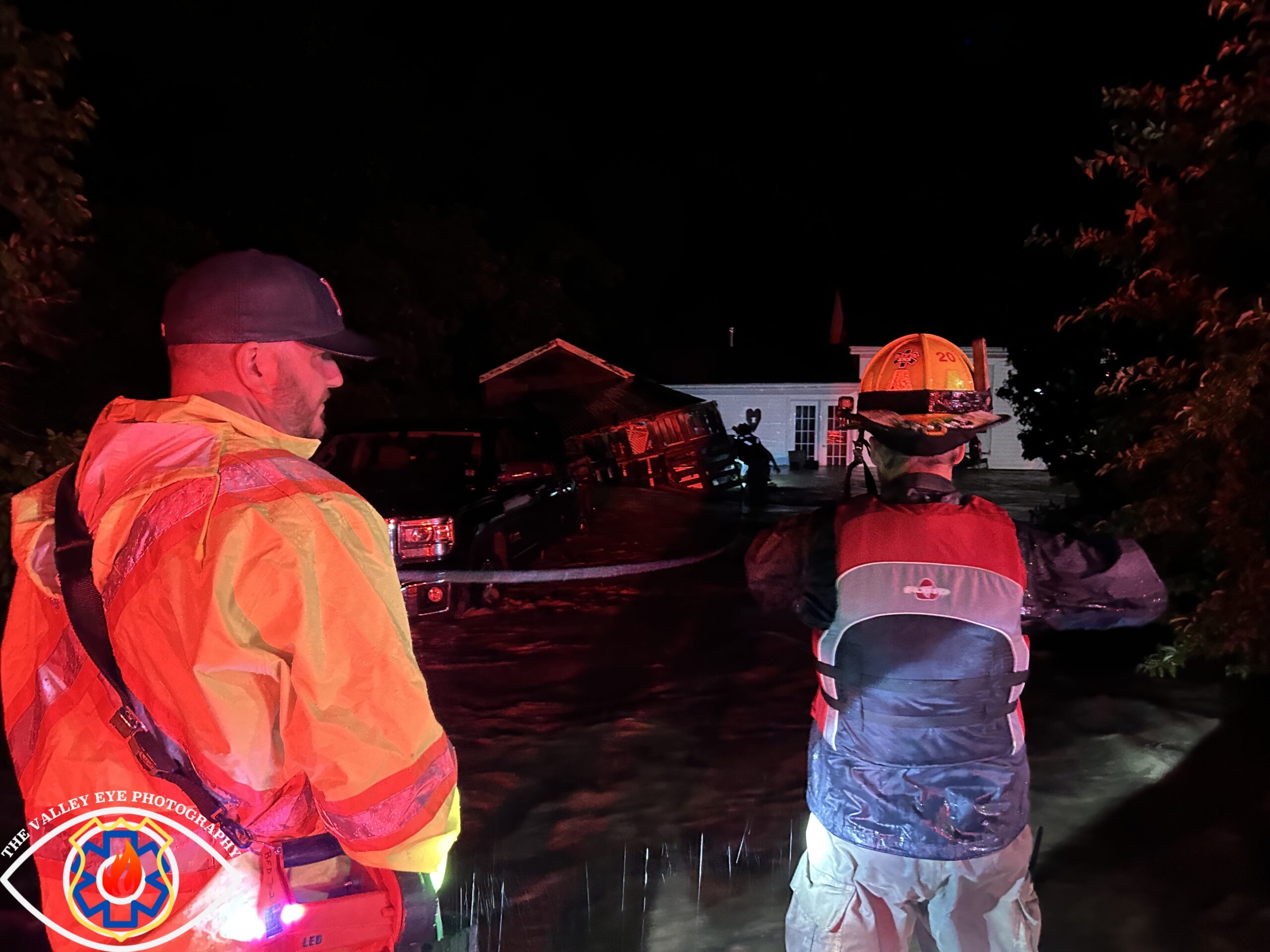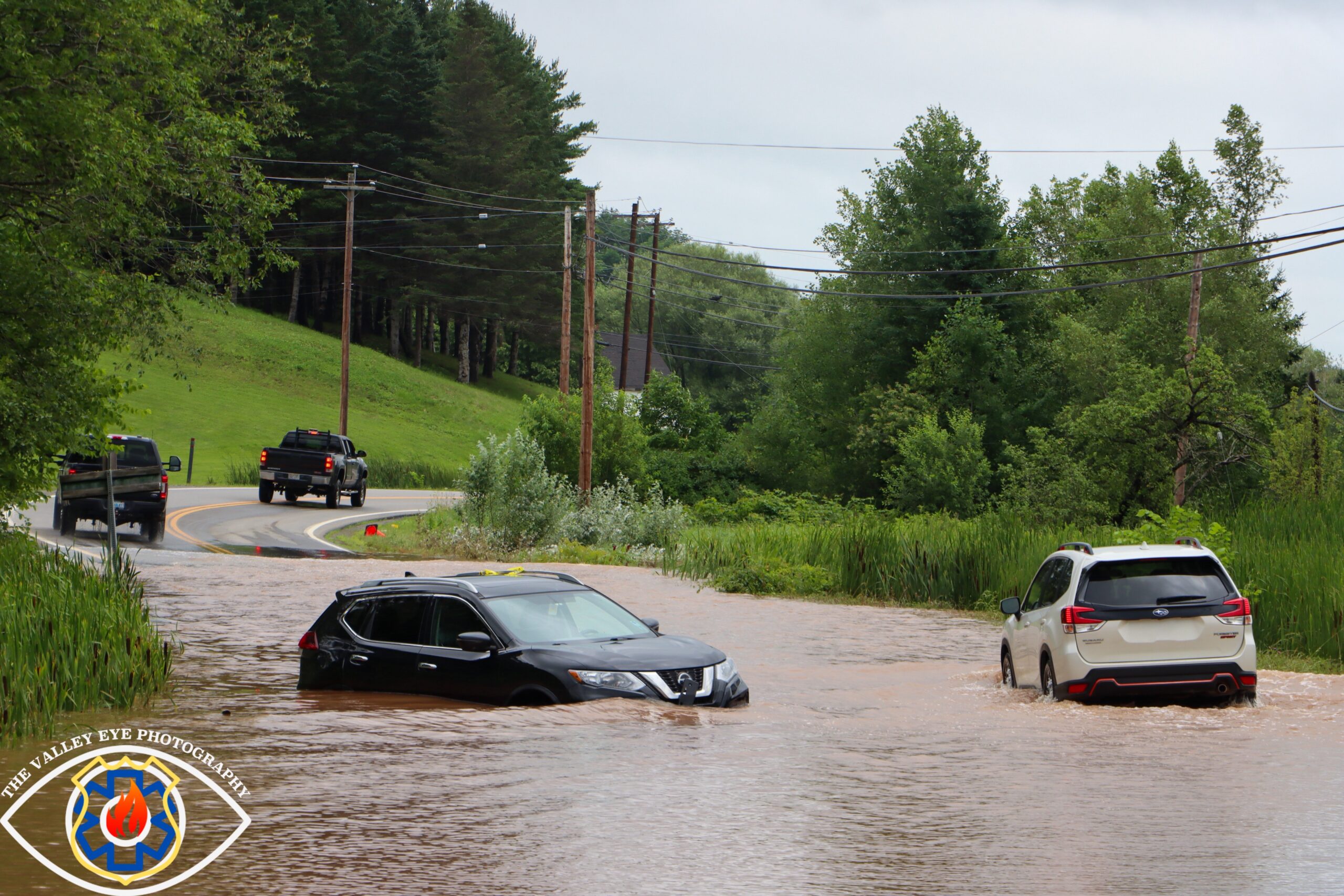Over the past two years, Nova Scotians have experienced some serious flooding, claiming the lives of five individuals and causing significant damage to infrastructure and property.

Flash flooding has been a result of thunderstorm activity, that has resulted in significant amount of rainfall in a short period of time.

Intense and prolonged rainfall, including thunderstorms, can overwhelm drainage systems and cause rapid flooding
These flooding events are becoming a trend. While I’m not one to spread fear or panic, it’s important for people to be aware of the past and current surroundings while understanding this could potentially happen to you.
Ensuring you stay in the loop by subscribing to local weather apps and alerts in the event of flash flooding can help you be prepared.
These events can come with limited warning and can catch many off guard, resulting in panic.
Just this week in Texas, over 80 people were reported to have been killed from overnight flash flooding. With hundreds of successful rescues, search efforts continue for more missing people amidst the significantly damaged infrastructure.
In July of 2023, four people were tragically swept away in Nova Scotia when flood waters impacted the West Hants area overnight. Numerous rescue calls were performed in a number of areas during and after rainfall with search efforts continuing into the following days. Flood waters impacted a wide area of infrastructure, taking months to repair.
In July of 2024, one year after the tragic flooding in West Hants, flood waters began to effect the Annapolis Valley. One youth was swept away by rushing water near a ditch that they were playing near in Wolfville. Many areas also suffered from damaged infrastructure.
To stay safe during a flood, the most crucial tips are to heed evacuation orders, avoid walking or driving through floodwaters, and seek higher ground immediately.

Before a flood, you should:
⁃Prepare an Emergency Kit: Include essentials like non-perishable food, water, a first-aid kit, medications, flashlight, life jackets.
⁃Know Evacuation Routes: Identify safe routes to higher ground and familiarize yourself with them.
⁃Stay Informed: Monitor your local news and regional EMO for flood watches and warnings.
During a flood:
⁃Evacuate Immediately: If authorities issue an evacuation order, leave the area promptly.
⁃Avoid Floodwaters: Never walk or drive through moving water, as it can be deceptively deep and dangerous.
⁃Seek Higher Ground: If you are caught in a flood, move to the highest possible point.
⁃Stay Off Bridges: Avoid bridges over fast-moving water.
⁃Be Aware of Hidden Dangers: Floodwaters can conceal hazards like sharp objects, debris, and electrical wire
⁃If Trapped in a Vehicle: Abandon the vehicle if water rises around it and move to higher ground.
⁃If Trapped in a Building: Go to the highest level and signal for help if necessary.
Flood Facts:
⁃Coming across rushing water over a road can become very dangerous, especially at night. You may not know the depth of the water or the condition of the road underneath.
⁃6 Inches of fast moving water can knock adults off their feet and sweep them away.
⁃12 inches of fast moving water can carry off a small car.
⁃18 to 24 inches of water can carry away larger vehicles such as trucks, vans and SUVs.
Tides also play a huge part in flash flooding. With runoff coming off higher areas down to lower levels and tides coming in, this can cause more flooding in locations. We’ve experienced these locally in the Kentville area in the past few years which has resulted in temporary evacuations.
Knowing these impacts and being prepared all play vital roles in responses to flash flooding. We all play a part in being ready and alert.
Adrian J.




